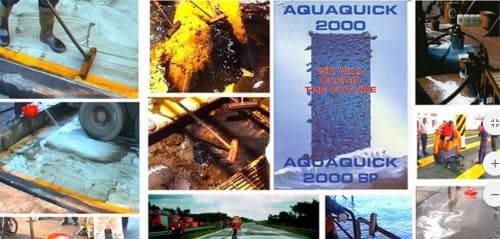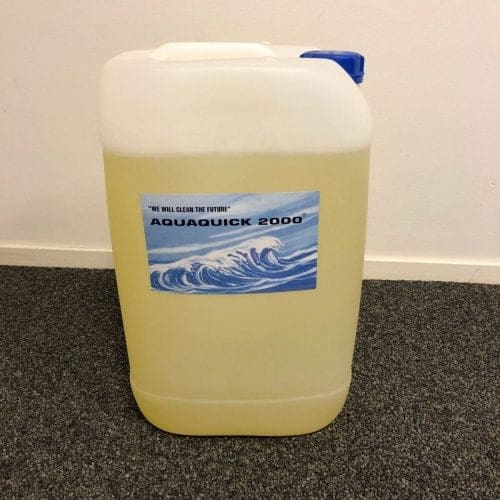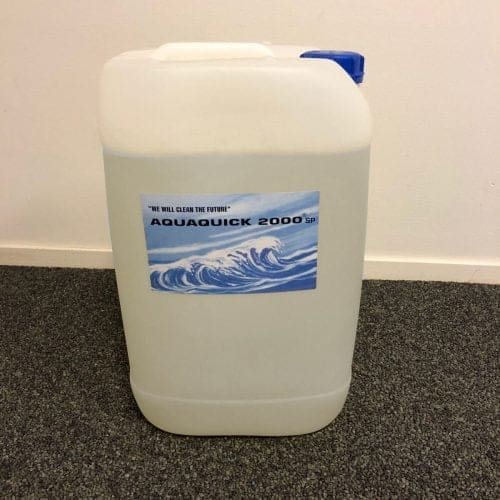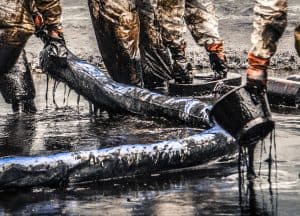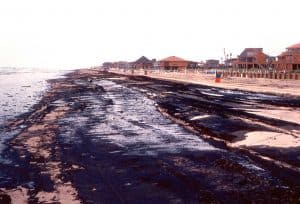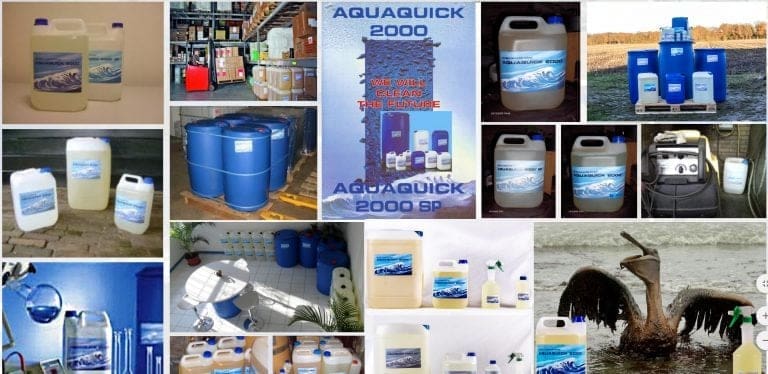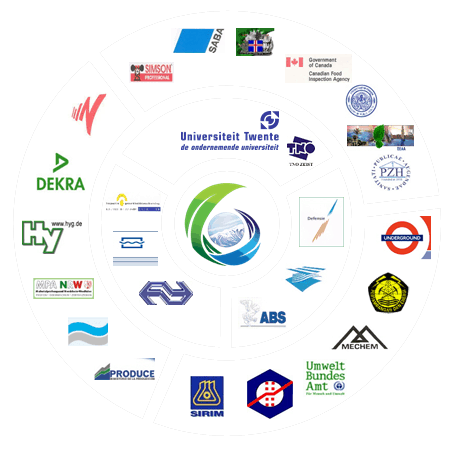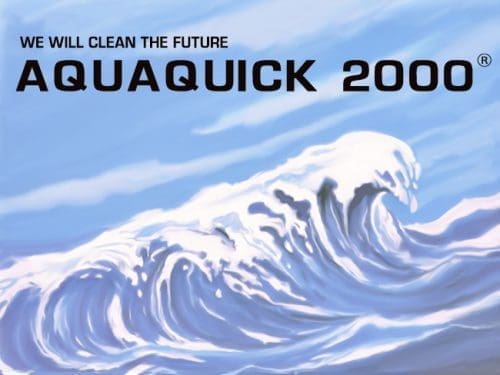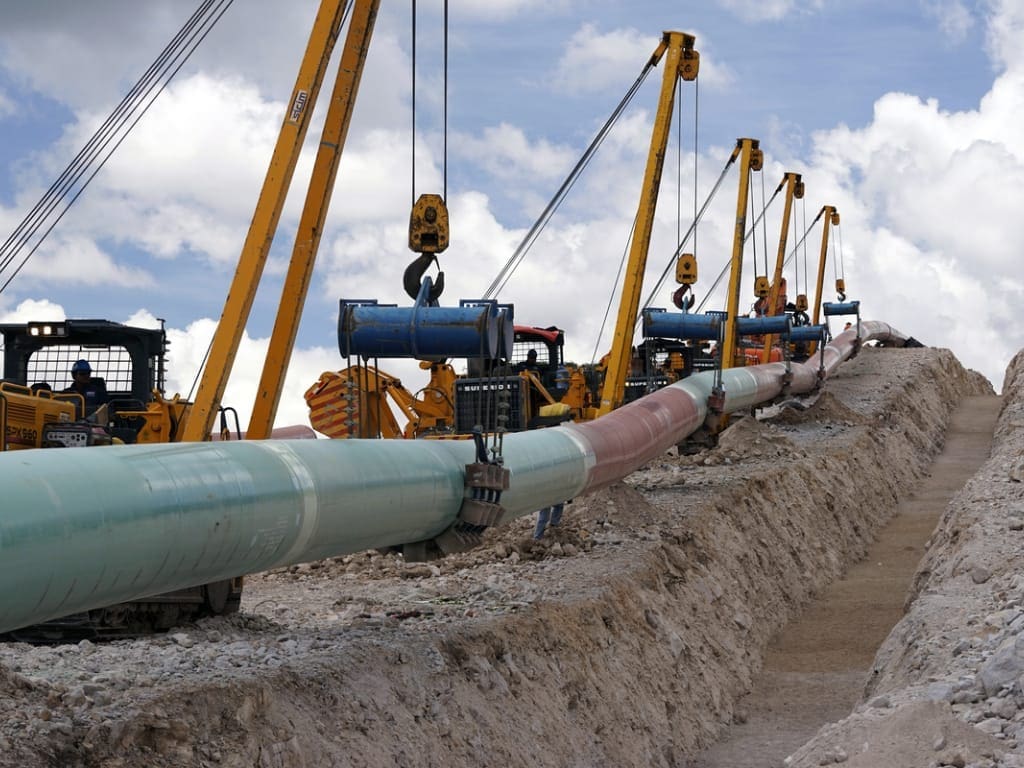In the realm of pipeline operations, the specter of oil spills looms large, presenting a significant environmental and economic threat. With each spill carrying the potential for ecological devastation and community upheaval, the imperative to enhance predictive capabilities and preventive measures has never been more pressing. Enter artificial intelligence (AI), a transformative force poised to revolutionize the pipeline industry’s approach to averting disasters before they occur.
Pipeline oil spills represent a complex challenge, often stemming from a myriad of factors ranging from equipment failure and corrosion to external interference and natural disasters. Traditional methods of spill prevention and detection have relied heavily on manual inspection and reactive responses, leaving ample room for human error and oversight. However, the advent of AI-powered technologies promises to usher in a new era of proactive risk management and early intervention.
Pipeline Oil Spills: A Complex Challenge
The heading “Pipeline Oil Spills: A Complex Challenge” highlights the multifaceted nature of the problem posed by oil spills in pipeline operations. It acknowledges that pipeline oil spills are not merely isolated incidents but rather intricate issues influenced by various factors. Below, we delve into the complexities surrounding pipeline oil spills:
- Diverse Causes: Pipeline oil spills can arise from a multitude of causes, including equipment failure, corrosion, external interference, natural disasters, and human error. Each of these factors presents unique challenges and requires tailored strategies for prevention and mitigation.
- Environmental Impact: The environmental consequences of pipeline oil spills are significant and far-reaching. Spilled oil can contaminate soil, waterways, and ecosystems, leading to long-term ecological damage and biodiversity loss. Cleaning up and restoring affected areas is a complex and costly endeavor that may take years to complete fully.
- Economic Implications: In addition to environmental concerns, pipeline oil spills have profound economic ramifications. Cleanup costs, legal liabilities, property damage, and lost revenue from disrupted operations can amount to millions or even billions of dollars. Moreover, spills may tarnish the reputation of pipeline operators, leading to decreased investor confidence and regulatory scrutiny.
- Public Health Risks: Pipeline oil spills pose risks to public health and safety, particularly for communities located near spill sites. Exposure to toxic substances present in crude oil can result in adverse health effects, including respiratory issues, skin irritation, and neurological disorders. Moreover, spills may contaminate drinking water sources, jeopardizing the health and well-being of local residents.
- Regulatory Compliance: Pipeline operators are subject to stringent regulations governing the safe transportation of hazardous materials, including crude oil. Compliance with these regulations requires rigorous inspection, maintenance, and monitoring of pipeline infrastructure to prevent spills and minimize their impact on the environment and public health. Failure to comply with regulatory requirements can result in penalties, fines, and legal sanctions.
- Emergency Response and Contingency Planning: Effective response to pipeline oil spills necessitates well-developed contingency plans and robust emergency response capabilities. Rapid detection, containment, and cleanup of spills are essential to mitigate their environmental and socioeconomic consequences. Training personnel, coordinating with emergency responders, and conducting regular drills are critical components of spill response preparedness.
Addressing these complexities requires a holistic approach that considers environmental, economic, public health, regulatory, and emergency response aspects. By recognizing the multifaceted nature of the challenge, stakeholders can work collaboratively to develop comprehensive strategies for preventing and mitigating pipeline oil spills.
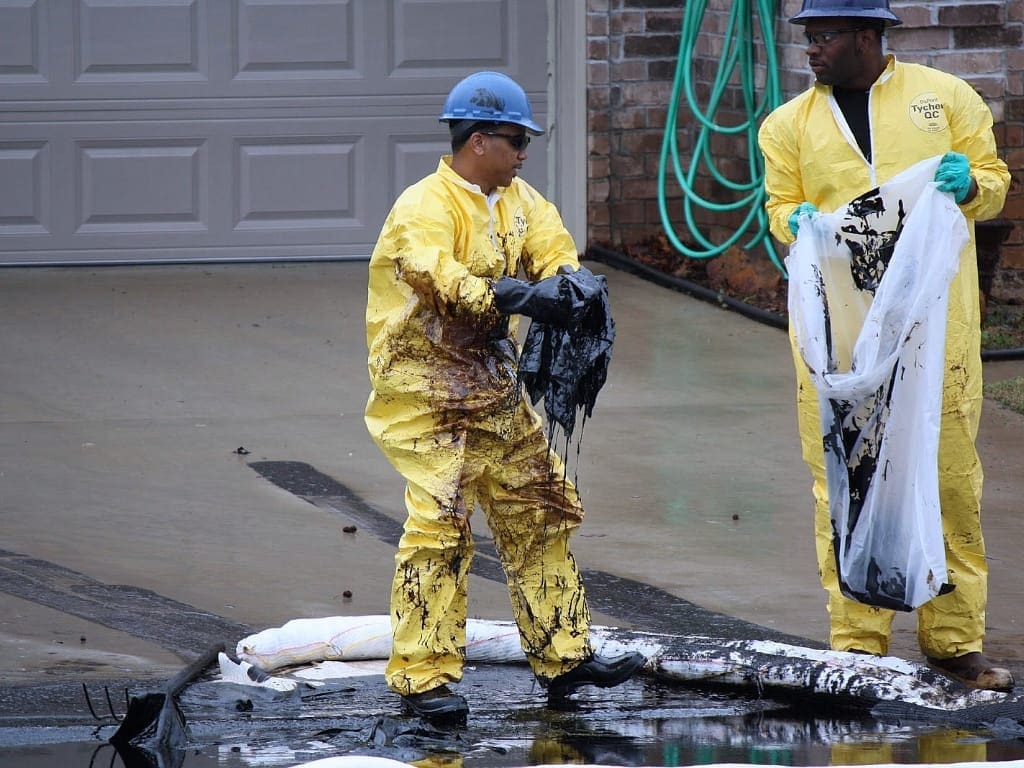
The Power of Predictive Analytics
At the forefront of AI’s application in pipeline safety is predictive analytics, which leverages machine learning algorithms to analyze vast datasets and identify patterns indicative of potential vulnerabilities. By assimilating data from disparate sources such as historical spill records, sensor readings, weather forecasts, and geological surveys, AI algorithms can discern subtle indicators of impending failures, enabling operators to preemptively address issues before they escalate into full-blown disasters.
One of the primary advantages of AI-driven predictive analytics is its ability to detect anomalies and deviations from normal operating conditions in real-time. Through continuous monitoring of pipeline infrastructure, AI systems can flag irregularities such as pressure fluctuations, temperature spikes, or unusual flow patterns that may signify an impending leak or rupture. By providing early warning alerts to operators, AI empowers them to take prompt corrective action, thereby minimizing the likelihood and severity of pipeline oil spills.
Facilitating Predictive Maintenance Strategies
Furthermore, AI facilitates predictive maintenance strategies by forecasting equipment degradation and prescribing targeted interventions to prevent potential failures. By analyzing historical performance data and correlating it with operational parameters, AI algorithms can predict the remaining useful life of critical components such as valves, pumps, and pipelines. Armed with this predictive insight, operators can schedule maintenance activities proactively, replacing worn-out parts before they compromise the integrity of the system and trigger a spill.
In addition to predictive analytics, AI-powered simulation models play a pivotal role in enhancing pipeline safety by simulating various failure scenarios and assessing their potential consequences. By conducting virtual drills and simulations, operators can evaluate different response strategies and optimize emergency preparedness plans to mitigate the impact of potential spills. Moreover, AI-driven simulations enable operators to conduct “what-if” analyses, exploring the efficacy of proposed infrastructure upgrades or operational changes in reducing spill risks.
Advanced Monitoring and Surveillance
Beyond prediction and simulation, AI augments pipeline safety through advanced monitoring and surveillance capabilities. By deploying sensors equipped with AI algorithms along the length of pipelines, operators can continuously monitor key parameters such as pressure, temperature, and flow rate with unprecedented accuracy. These smart sensors can autonomously detect and localize leaks in real-time, enabling rapid response teams to deploy containment measures swiftly and minimize the extent of environmental damage.
Furthermore, AI facilitates the integration of disparate data sources and the automation of decision-making processes, streamlining the management of pipeline operations and enhancing situational awareness. Through the use of AI-driven decision support systems, operators can assess the potential impact of operational decisions on pipeline integrity and safety, thereby making informed choices that mitigate risks and optimize performance.
Challenges and Considerations
While the potential of AI to revolutionize the prediction and prevention of pipeline oil spills is immense, its widespread adoption faces several challenges. Chief among these is the need for robust data infrastructure and cybersecurity measures to ensure the integrity and confidentiality of sensitive operational data. Additionally, the deployment of AI technologies requires significant investments in both hardware and software, necessitating buy-in from stakeholders and a clear demonstration of return on investment.
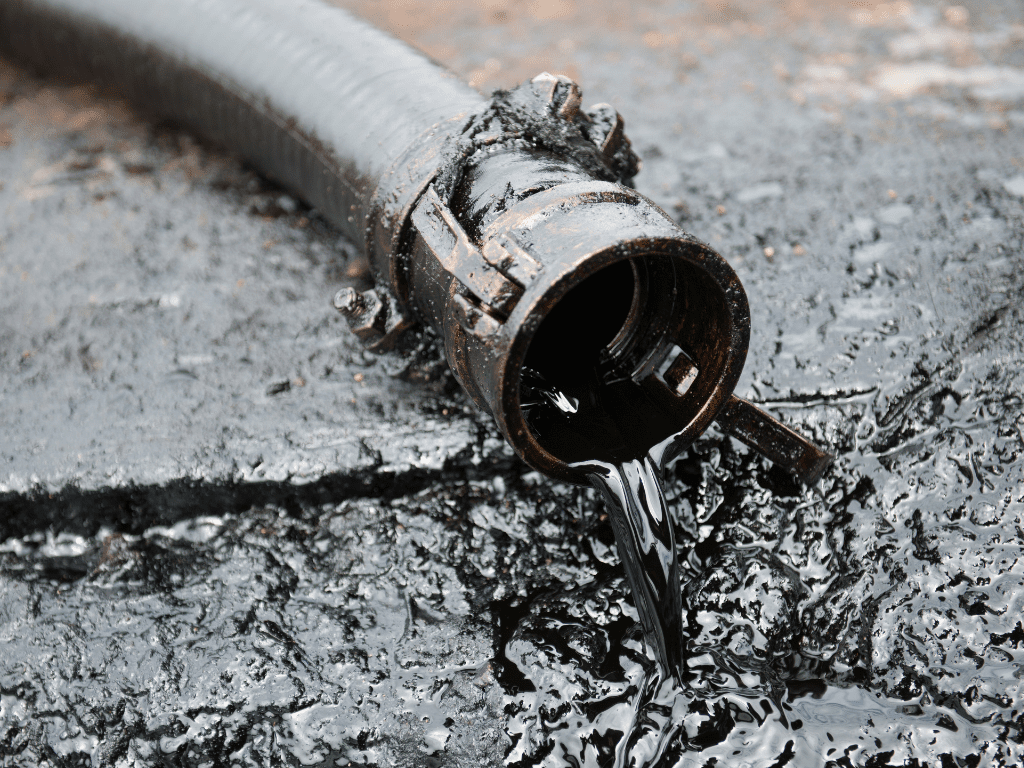
1. Technical Challenges
One of the foremost technical challenges lies in establishing robust data infrastructure capable of handling the vast amount of information required for AI-driven predictive analytics. This entails aggregating data from disparate sources, ensuring data quality and consistency, and developing algorithms capable of extracting actionable insights from complex datasets. Moreover, the deployment of AI technologies necessitates significant investments in hardware, software, and computational resources, which may pose financial constraints for some operators.
Additionally, ensuring the cybersecurity of sensitive operational data represents a critical challenge. With AI systems reliant on access to real-time operational data, safeguarding this information from cyber threats such as hacking and data breaches becomes paramount. Implementing robust cybersecurity measures, including encryption, access controls, and intrusion detection systems, is essential to protect against potential vulnerabilities.
2. Ethical and Regulatory Concerns
Beyond technical considerations, the ethical implications of AI-driven decision-making in high-stakes scenarios such as pipeline oil spill response raise significant concerns. As AI assumes greater autonomy in critical infrastructure management, questions surrounding liability, accountability, and transparency come to the forefront. Who bears responsibility in the event of an AI-related error or malfunction? How do we ensure that AI systems make decisions aligned with ethical principles and societal values?
Moreover, regulatory frameworks governing the use of AI in pipeline oil spill operations must evolve to address emerging challenges and mitigate potential risks adequately. Clear guidelines are needed to delineate the roles and responsibilities of stakeholders, establish standards for data privacy and security, and ensure compliance with existing environmental and safety regulations. However, regulatory processes often lag behind technological advancements, necessitating proactive engagement and collaboration between industry stakeholders, policymakers, and regulatory bodies.
3. Operational Integration and Cultural Shift
Integrating AI technologies into existing operational workflows poses another set of challenges, including organizational resistance and cultural barriers. Adopting AI-driven predictive analytics requires a fundamental shift in mindset and operational practices, moving from reactive, manual inspection approaches to proactive, data-driven decision-making. This necessitates not only technical training to familiarize personnel with AI tools but also fostering a culture of innovation and continuous improvement within organizations.
Furthermore, ensuring equitable access to AI-driven technologies presents a challenge, particularly for smaller operators with limited resources. Bridging the digital divide and democratizing access to AI capabilities requires concerted efforts to provide training, support, and resources to operators across the industry spectrum.Moreover, the ethical implications of AI-driven decision-making in high-stakes scenarios such as spill response must be carefully considered to ensure accountability and transparency. As AI assumes greater autonomy in critical infrastructure management, questions surrounding liability, bias, and accountability loom large, necessitating a nuanced approach to governance and regulation.
AQUAQICK 2000: Revolutionizing Pipeline Oil Spill Cleanup
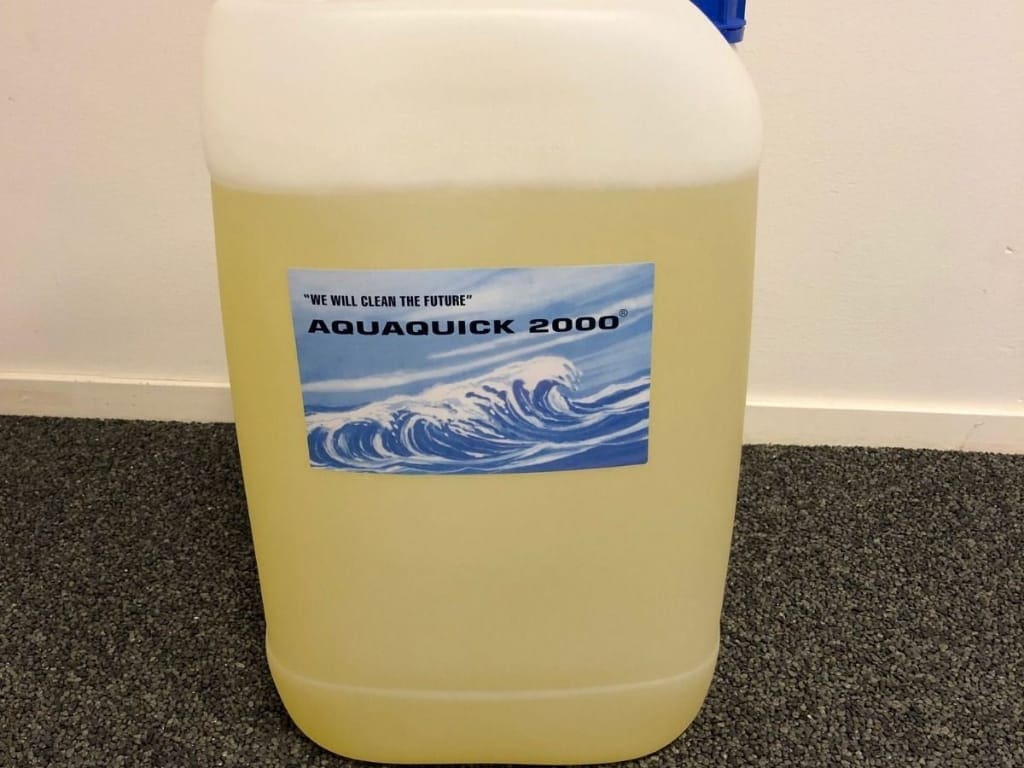
In the wake of a pipeline oil spill, the need for rapid and effective cleanup is paramount to mitigate environmental damage and protect surrounding ecosystems. Among the arsenal of spill response products, AQUAQICK 2000 stands out as a revolutionary solution tailored to address the unique challenges posed by pipeline spills. With its unparalleled effectiveness, versatility, and environmental sustainability, AQUAQICK 2000 emerges as the best product for cleaning up pipeline oil spills.
1. Rapid Action and Efficiency
AQUAQICK 2000 boasts remarkable speed and efficiency in treating oil spills, making it an ideal choice for time-sensitive cleanup operations. Unlike traditional cleanup methods that may take days or even weeks to contain and remove spilled oil, AQUAQICK 2000 acts swiftly to encapsulate and neutralize hydrocarbons on contact. Its unique formulation enables rapid absorption of oil, transforming it into a stable gel-like substance that can be easily contained and removed from the spill site.
Moreover, AQUAQICK 2000’s fast-acting properties minimize the spread of oil and prevent further contamination of surrounding soil, waterways, and ecosystems. By accelerating the cleanup process, it reduces the duration and scope of environmental damage, helping to restore affected areas to their natural state more quickly.
2. Versatility and Adaptability
One of the key strengths of AQUAQICK 2000 lies in its versatility and adaptability to a wide range of spill scenarios and environmental conditions. Whether dealing with small-scale leaks or large-scale ruptures, AQUAQICK 2000 can effectively contain and remediate oil spills of varying magnitudes. Its ability to encapsulate both light and heavy hydrocarbons ensures comprehensive cleanup across different types of crude oil and petroleum products.
Furthermore, AQUAQICK 2000 is highly adaptable to diverse terrain and weather conditions, making it suitable for deployment in remote or challenging environments. Whether on land or water, in arid deserts or frigid polar regions, AQUAQICK 2000 maintains its efficacy, providing reliable spill response capabilities wherever and whenever needed.
3. Environmental Sustainability
In addition to its exceptional performance, AQUAQICK 2000 is committed to environmental sustainability, minimizing its ecological footprint throughout the cleanup process. Unlike chemical dispersants or detergents that may introduce harmful pollutants into the environment, AQUAQICK 2000 is non-toxic, biodegradable, and eco-friendly. Its natural ingredients pose no risk to aquatic life, wildlife, or human health, ensuring that cleanup efforts do not inadvertently exacerbate environmental damage.
Moreover, AQUAQICK 2000’s biodegradable gel matrix facilitates the efficient removal and disposal of encapsulated oil, preventing secondary contamination and minimizing waste generation. Once the oil is encapsulated, it can be easily collected using conventional methods such as skimming, vacuuming, or manual scooping, with minimal residual impact on the environment.
4. Proven Track Record and Endorsements
Backed by years of research, development, and real-world deployment, AQUAQICK 2000 has earned the trust and endorsement of industry experts, environmental agencies, and spill response professionals worldwide. Its proven track record in successfully mitigating pipeline oil spills has solidified its reputation as the go-to solution for emergency responders and environmental stewards alike.
Furthermore, AQUAQICK 2000’s compliance with regulatory standards and industry best practices ensures that cleanup efforts are conducted in accordance with established guidelines, minimizing legal liabilities and reputational risks for operators and stakeholders.
AQUAQICK 2000 emerges as the best product for cleaning up pipeline oil spills, offering unparalleled speed, efficiency, versatility, and environmental sustainability. With its rapid action, adaptability, and proven effectiveness, AQUAQICK 2000 sets the gold standard for spill response solutions, safeguarding ecosystems, communities, and natural resources from the devastating impacts of oil contamination.
Take Home Message
In conclusion, the role of artificial intelligence in predicting and preventing pipeline oil spills represents a paradigm shift in the way we approach pipeline safety. By harnessing the power of predictive analytics, simulation modeling, and advanced monitoring technologies, AI empowers operators to proactively identify and mitigate spill risks, safeguarding the environment and communities from the devastating consequences of pipeline oil spills. While challenges persist, the transformative potential of AI to enhance pipeline safety and resilience cannot be overstated, heralding a future where spills are not just mitigated but prevented altogether.

